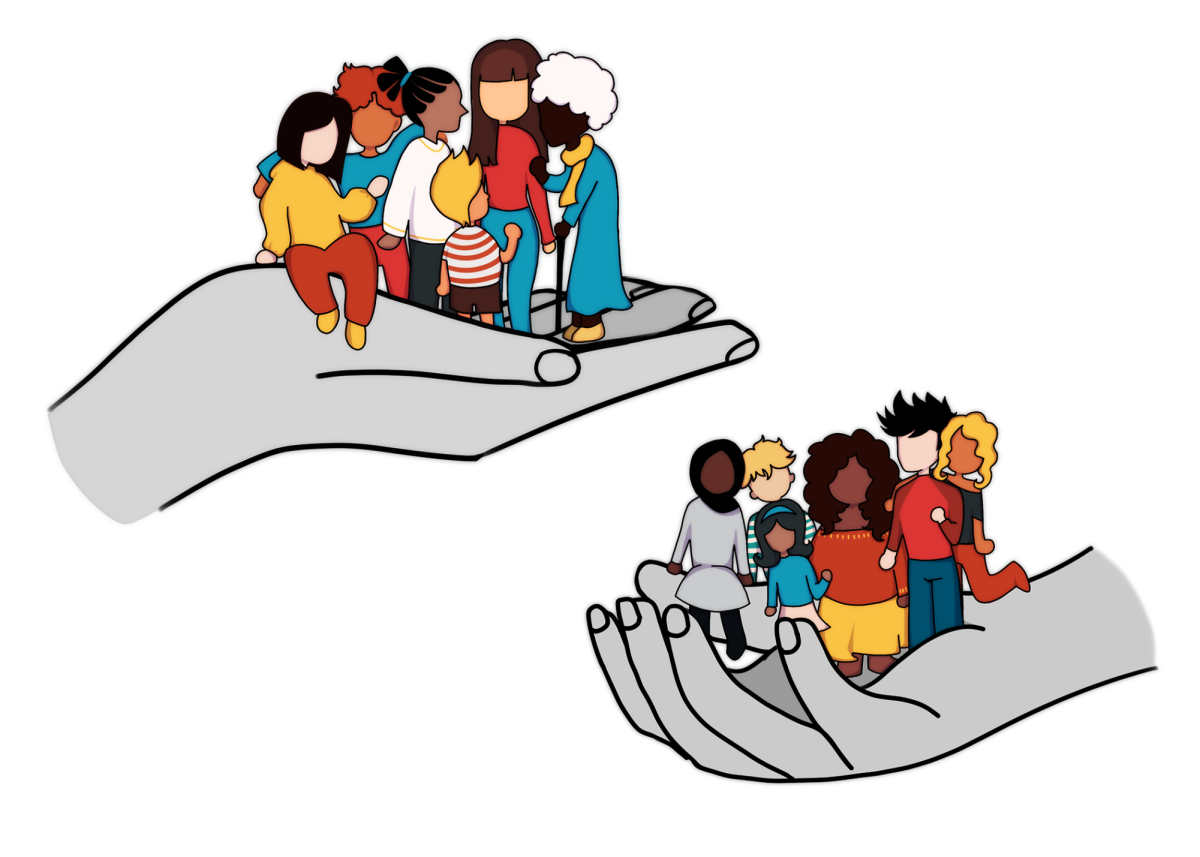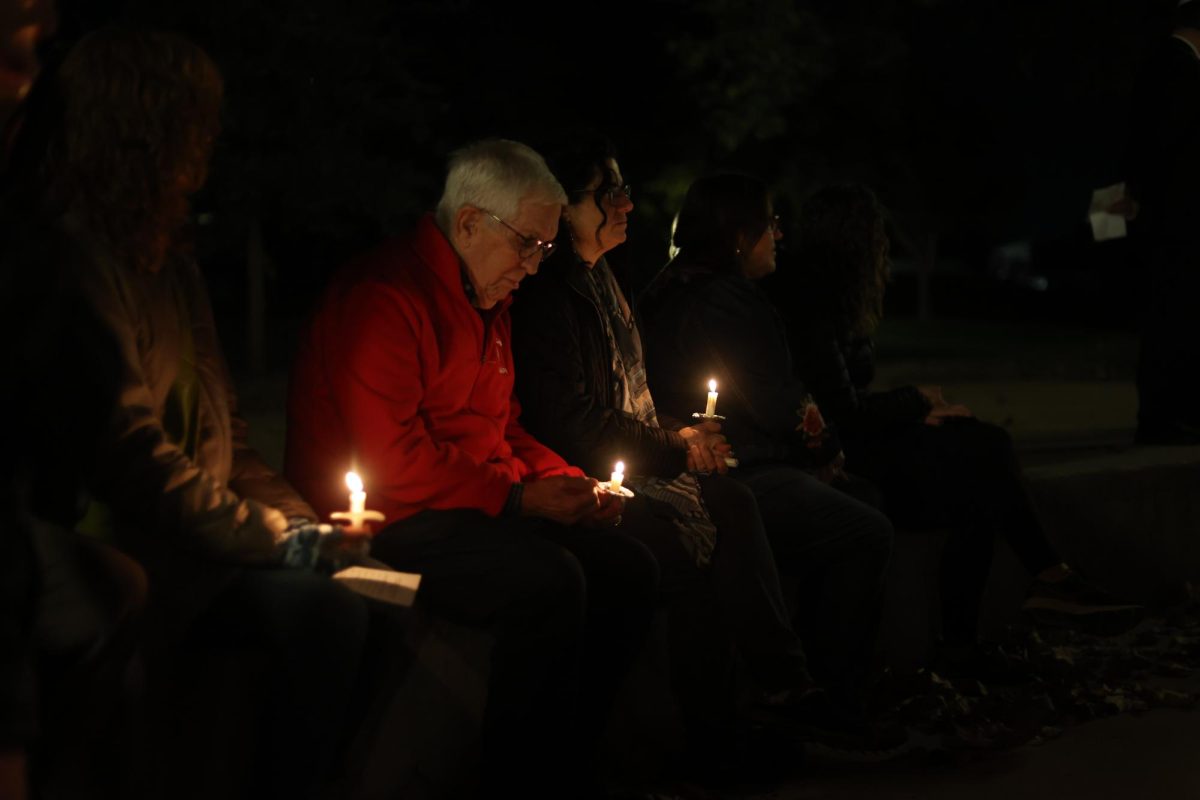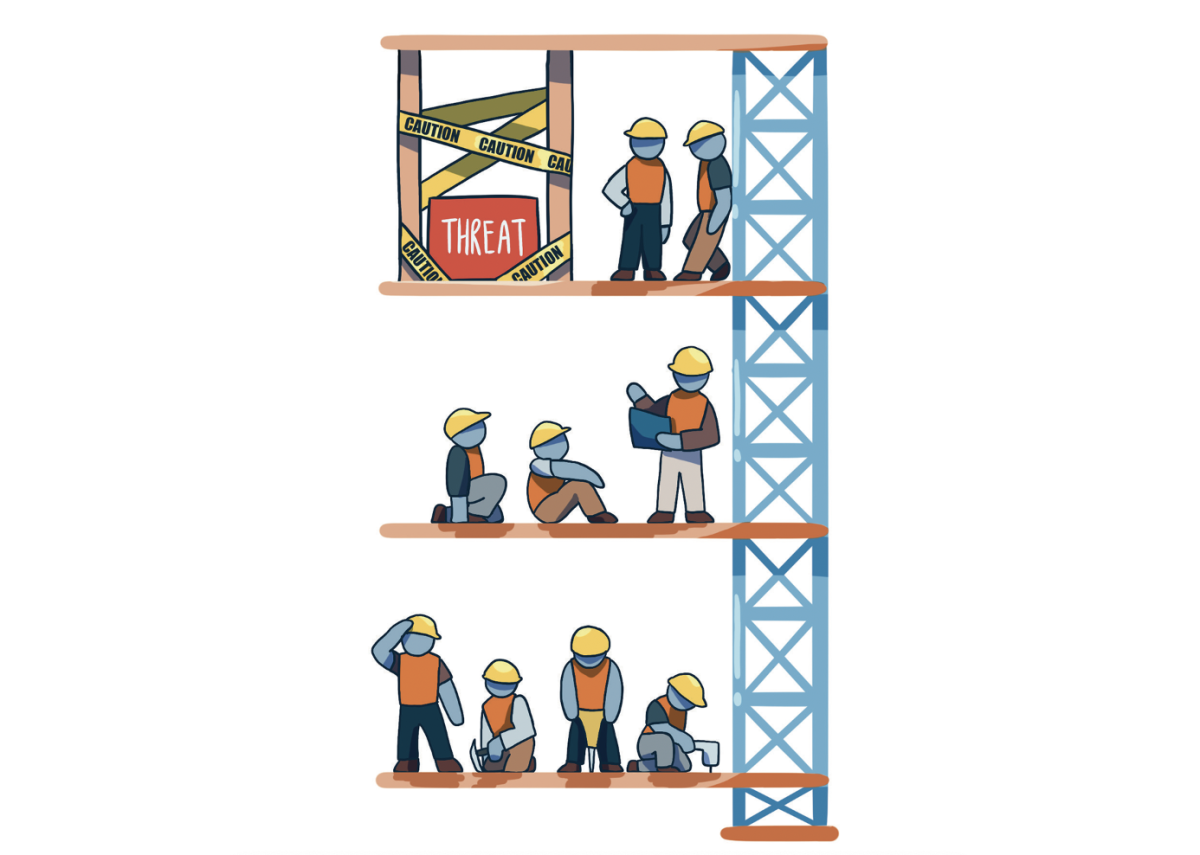*Housing data for East Palo Alto courtesy of Zillow.com
[divider]The Price of Progress[/divider]
Silicon Valley is internationally known as a glimmering hub of innovation and technology, and the home to some of the world’s most renowned companies. Yet these days, the dark underbelly of the Bay Area is being exposed as the tech boom drives up rent prices and displaces local residents.
From San Francisco to San Jose, communities are suffering from the reverberations of increased housing prices, which are the result of shortages brought on by growing tech companies such as Facebook and Google. Though these problems have been affecting cities in the Bay Area for decades, only in the past few years has the impact hit East Palo Alto and east Menlo Park. In East Palo Alto alone, the average home value has skyrocketed 15 percent in the past year, to $688,900, according to Zillow.
[divider]Not Everyone “Likes” Facebook[/divider]
Because Facebook is such a rapidly expanding company and leaves its footprint in a low-income area — its huge campus is located at the eastern fringe of Menlo Park near the Dumbarton Bridge — it is the target of the most local backlash. Facebook recently proposed the construction of two new office buildings that would bring about 6,500 more jobs. The influx of employees would likely displace more locals and further increase rent in the area. But Facebook is also the leading company addressing the squeeze. Through various efforts, Facebook is trying to fight against housing crisis.
Recently, it announced plans to build 1,500 new apartments within a few miles of its headquarters, not only for Facebook employees but for the general public. Fifteen percent of the units will be for low- or middle-income families.
Building the housing will take a while, however, and the imbalance of jobs compared to the amount of housing in the area will likely worsen between 2010 and 2015. 385,800 jobs were added in Santa Clara, San Mateo and San Francisco counties, compared to only 58,324 permits issued for new housing units, according to the Wall Street Journal.
Facebook is also attempting to halt displacement of San Francisco residents by its own employees. The tech company reportedly offering a $10,000 incentive for employees to live closer to the Menlo Park headquarters.
Furthermore, the Menlo Park City Council may require Facebook to plan and design 1,500 housing units, pay for 20 housing units and subsidize 22 apartments for teachers and other local workers in exchange for the right to build new office buildings, according to The Almanac. Facebook did not respond to an email inquiry.
Facebook has been the most public of its fellow tech companies in its efforts to make reparations for the burdensome effects of its presence.
However, it is not the only employer doing so.
Other tech companies such as Palantir and Addepar reportedly are implementing similar payment programs. Yet these programs create a domino effect that further perpetrates the crisis: By buying or renting housing closer to their offices, employees may be displacing residents in East Palo Alto and east Menlo Park.
[divider]Displacing Residents[/divider]
Although it has only gained coverage recently, gentrification and the housing crisis in the Bay Area are not new issues. Ever since companies such as Twitter, Uber, Airbnb and the like have taken over San Francisco’s office towers, employers like Google and Facebook have been shuttling workers to and from San Francisco, long-time residents of The City have cried foul.
Joseph Ramelo, who moved from San Francisco to Berkeley in August, has been involved in the anti-gentrification issue since the mid-to-late 2000s.
“I know that the world in San Francisco changed a lot once tech companies started bringing in more people to the Bay Area,” Ramelo said. “When I was in my 20s, my rage was definitely a lot more raw. While I never registered with the Green Party, I backed Green Party candidates, and I often voted for the most left-leaning ballot measures. I got involved in some protests, and I threw dirty looks at anyone who looked like a hipster.”
With time, he now understands that the issue of gentrification is not as straightforward as the “us vs. them” scenario some may believe it to be.
“I’ve realized that I can’t really be angry at a specific group, even the tech companies. It’s a complex system. That being said, I still get morally outraged — how can you not when there are tent cities scattered across San Francisco in the shadows of million-dollar condos and office towers?”
Joseph Ramelo, Anti-gentrification activist
Ramelo and others have pointed out that there are some positives to the employers moving into the neighborhood. Tax revenues go up, which helps fund more police, better sidewalks, increased street lighting and presumably providing more customers for local businesses. Sometimes employers reach out to employ or train local residents.
However, Ramelo thinks the companies’ efforts fall short.
“When it comes to improving the general welfare of the people, in my experience the companies vigorously argue against doing so and will argue out anything the government regulates them into doing until the government just drops the whole thing altogether,” Ramelo said. “The companies are using and manipulating local government and, consequently, the public, since we are the ones who voted in the members of the local government. These companies have the audacity to pry tax breaks from the people, and then do next to nothing to help them in return.”
The same issues that fuel Ramelo’s frustration are just as endemic locally. Those who still live in east Menlo Park seems to know someone who has been pushed out of their home, some moving to other parts of Northern California, including Stockton, Tracy and San Jose, all of which have more affordable housing.
Alexa Morales, a resident of East Palo Alto, had to watch her close friend move away because her family could no longer afford to pay rent in East Palo Alto.
“A lot of people have been moving out of East Palo Alto lately because it’s getting a little too expensive for people,” Morales said. “Four years ago, an average house was about $250,000. Now you won’t find one under $800,000.”
Saint Francis of Assisi, a church in East Palo Alto, has been trying to assist families and other community members by providing temporary shelter.
“There [are] families sleeping at the church because they were kicked out because of what happened with their rooms. They lived in converted garages but the garages—the converted ones — a whole bunch weren’t legal…Inspectors went out and when they saw the garages [without] the right paperwork, they had to destroy them and kick people out.”
Alexa Morales, East Palo Alto Resident
The use of converted garages and cramped living areas is becoming more prevalent in these cities as people live in increasingly uncomfortable housing situations. Families have had to build structures in front yards and live in garages in order to keep up with the rapidly increasing rates of rent and housing.
“Multiple families are in one house, people are living in garages,” said Diana Ramirez, assistant director at a branch of the Boys and Girls Club of the Peninsula, who has witnessed the effects of gentrification on residents of east Menlo Park and East Palo Alto in recent years. “Illegal or legit houses are being built on properties’ yards.”
Despite her efforts, Ramirez has seen many families displaced.
“Twenty to 30 families from our program alone have been displaced this year,” Ramirez said. “The school has seen a family that we were trying to get into our program moving away just yesterday.”
Despite the community’s efforts, people are still struggling to get by and are being forced to compromise comfort and well-being. Many families still have to commute hours to work in Palo Alto, which puts additional strain on the day-to-day life.
“For some of the families, some are still commuting … here for work from Stockton and Tracy, and that’s hard on the kids—who knows if they’re eating breakfast?” Ramirez said. “Many parents were dropping off the kids at six in the morning at a relative’s house and that relative takes them to school and is responsible for them.”
Understandably, many students are on edge.
“I hear parents talking about people knocking on their door, asking to buy their houses. Some [homeowners] opted for that,” Ramirez said. “Those who rent their homes were displaced when homeowners [landlords] hiked up rent.”
According to Trulia, the median rent in East Palo Alto was $3,572 a month as of September. Many homes have rent as high as $5,000. Though this price may be affordable for the newest residents of the city, it is not as attainable to those who have been living in East Palo Alto and east Menlo Park far longer. The average annual per capita income of residents in East Palo Alto was $18,527 in the 2010-2014 period, compared to $75,257 in Palo Alto, according to the U.S. Census. Many citizens work in lower-paid service jobs, sometimes more than one.
“Many families are nannies and housekeepers,” Ramirez said. “Many work in factories, food services for Facebook and Google. Some college graduates are doing secretarial work in offices.”
Ramirez realizes that housing is being built in these neighborhoods, but it “is just not accessible to our community.”
[divider]Palo Alto Problems[/divider]
Nearby, Palo Alto has long struggled with a similar imbalance, which was brought into national limelight when former Planning Commissioner Kate Downing published a revealing letter of resignation in August. Downing complained that the City Council has not made housing a priority even though, according to an annual Palo Alto survey, residents cited the housing shortage as their greatest concern for the city.
“We have a ton of innovation, and yet there’s no innovation in government. There’s no ‘let’s try,’ there’s no ‘let’s look at something new,’ ‘let’s borrow ideas from around the world,’ there’s none of it. It’s just a big fat ‘no’ to everything.”
Kate Downing, former Planning Commissioner
For example, a housing project on 2755 El Camino Real was put forward on Sept. 11, faces many hurdles.
“That site is currently down for public security, so anyone who wants to build any housing on that site [faces] a really high barrier, because they have to convince the city council to rezone that property for housing to allow for anything else that they want to build there,” Downing said. “So I think it’s a really high hurdle from a political standpoint. I think it really depends on what the next council is going to look like, who are we going to elect.”
Downing believes residents don’t think enough about the domino effect of their constraints on housing.
“I feel like there’s this really big lack of conscientiousness and a big lack of concern,” Downing said. “Because at the very end of this, we’re saying you’re a worker and you can’t afford to live in Palo Alto, you move to San Jose, but you just displaced someone in San Jose, so where does that person move?”
The City Council election this November will provide a starting point for new council members to make housing their top priority.
“Some people are very serious about dealing with the housing crisis,” Downing said. “And some people really don’t think it’s a problem and don’t want to deal with it.”
[divider]Looking Ahead[/divider]
It’s a problem that Facebook, for one, is disrupting the housing market in its own way. Facebook’s efforts to disrupt the cycle of displacement and gentrification, and other tech companies’ efforts, cannot be depended on to ease the crisis. Decisions made at city level are also necessary, and the entire region needs to address this issue, given that UC Berkeley has found that half of all low-income households in the Bay Area live in neighborhoods are experiencing are at risk of displacement.
Gentrification has been overlooked for too long. Families and communities are suffering through no fault of their own. Until the city council and citizens of local cities agree to build more housing, more and more people will be forced out of their homes.





















